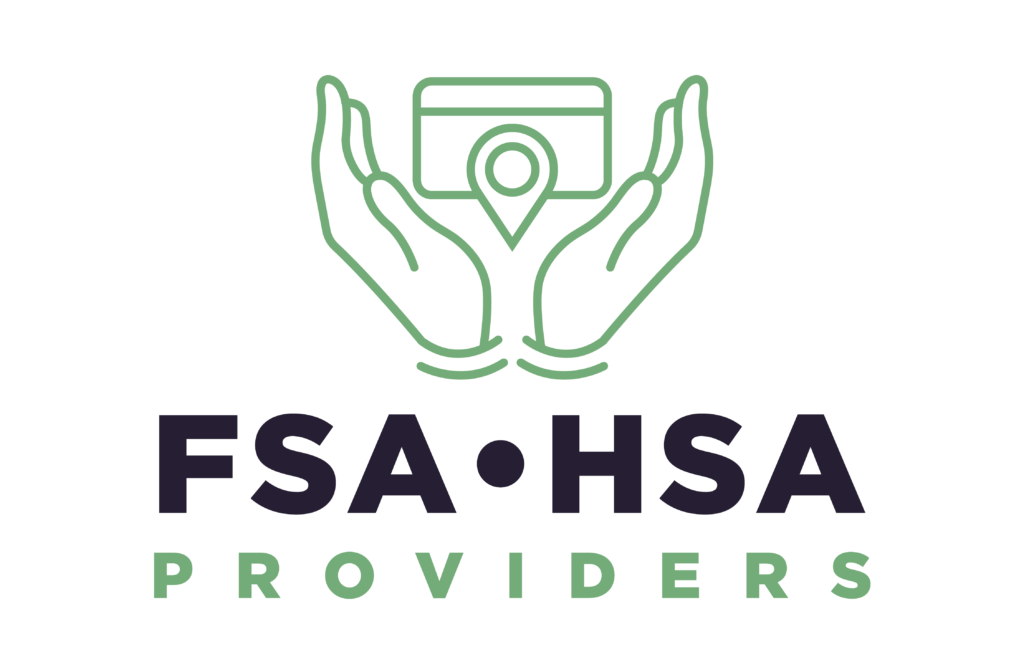“Use-It-or-Lose-It” and Rollover Rules #
One of the biggest differences between FSAs and HSAs is that FSAs are generally subject to a “use it or lose it” rule.
Funds in an FSA typically must be used within the plan year, or else you forfeit the leftover money. However, employers have options (per IRS rules) to alleviate this a bit: they can offer either a grace period of up to 2.5 months into the next year to spend remaining funds, or allow a carryover of a limited dollar amount to the next plan year. They cannot offer both options, and they also don’t have to offer either – it’s up to the employer’s plan design. If a carryover is offered, the IRS set the maximum carryover at $660 that can be carried from 2024 into 2025. Any unused amount above that is forfeited. If a grace period is offered instead, typically you might have until mid-March of the next year to use the leftover before losing it.
With an FSA, you need to plan your contributions and spending carefully so you don’t lose money. Assume any unspent FSA money by the deadline will be lost (forfeited to your employer).
Portability #
Unlike an HSA, an FSA is owned by the employer.
If you leave your job during the year, your FSA generally ends. You can only use remaining funds for expenses incurred while you were employed (some plans offer a short runoff period to submit claims for expenses before your termination date). Any unspent money typically reverts to the employer. In some cases, you might have the option to continue a health FSA through COBRA (paying after-tax to keep access for the rest of the year), but this is not common in practice. So, FSAs are not portable – they do not move with you to a new job.
FSAs are truly “use-it-or-lose-it,” so always spend the balance of your FSA before you leave a job, or before the end of the plan year.
If you’re planning to leave your job before the end of your FSA plan year, keep in mind that the total amount you’ve elected for your Flexible Spending Account (FSA) is available immediately at the start of the plan year. Although your contributions are deducted gradually from your paychecks throughout the year, you have access to the entire balance from the beginning.
Therefore, if you anticipate leaving your job before contributing the full amount to your FSA, it’s beneficial to spend as much of your available balance as possible before your account is terminated. Doing so allows you to maximize your healthcare and wellness benefits, effectively turning your FSA funds into “free money.” Consider using these funds for eligible expenses like eyeglasses, pre-paying for wellness appointments or packages, and purchasing approved over-the-counter and wellness products.
